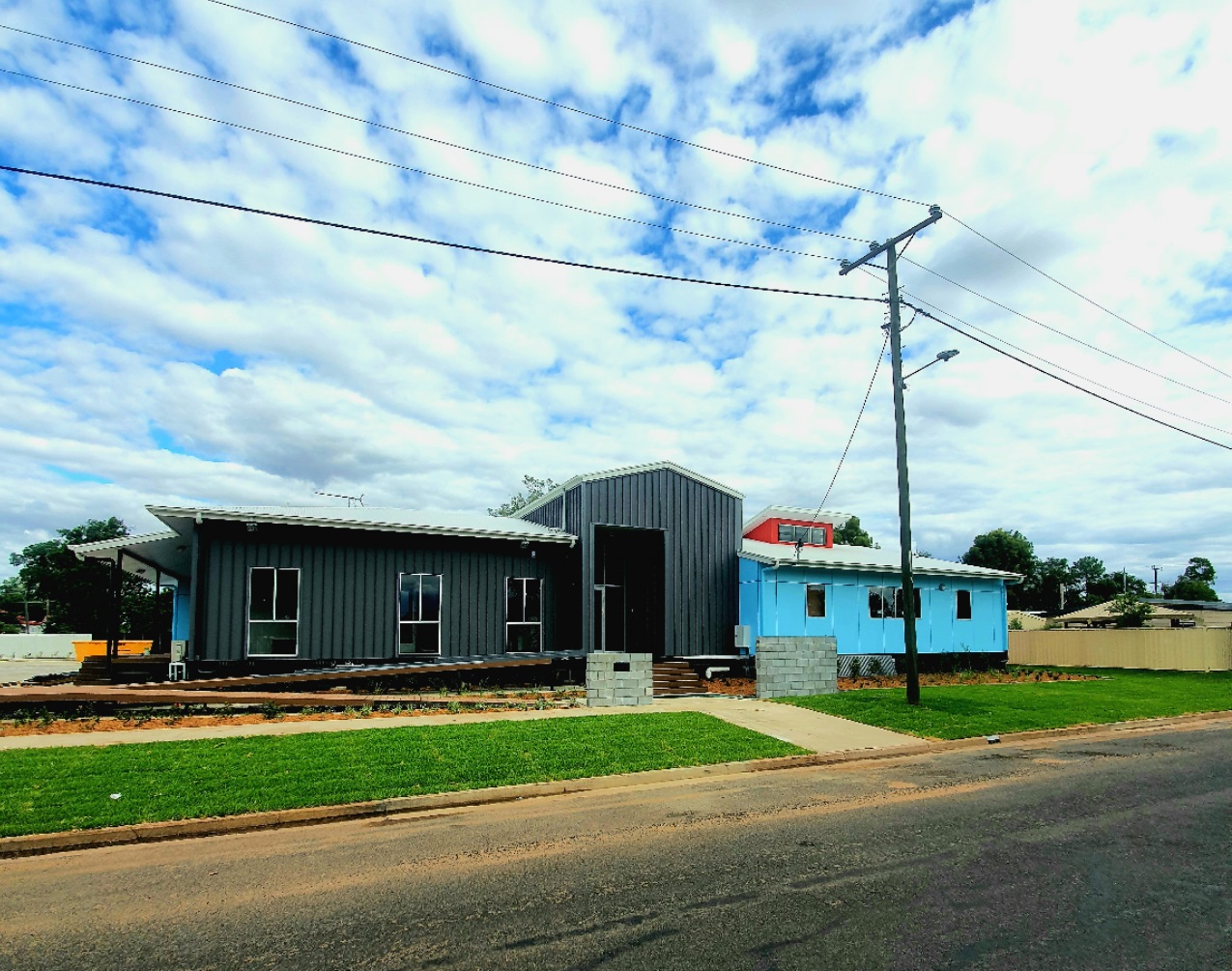What is she on about this week you ask?
Well, I'm back at work at Kindy (providing care for children of essential workers), and what I have seen this week cemented the value of our new vision for the service moving forward, and I wanted to share how excited I am by it.
 The new building might be still a no-fly zone (thanks to the new normal for freight logistics), but we have re-framed the way we look at what we provide as we operate out of the existing building.
The new building might be still a no-fly zone (thanks to the new normal for freight logistics), but we have re-framed the way we look at what we provide as we operate out of the existing building.
In a nutshell I'm saying that we are becoming more accountable to ourselves about talking the talk AND walking the walk. Do we actually do what we say we do? For example, we say that we believe that children are capable and competent, so our practice provides opportunities for them to make choices and decisions and we trust them to do so. We value agency. The National Quality Standard even says that we should. (Element 1.2.3 Child directed learning. Each child's agency is promoted, enabling them to make choices and decisions that influence events and their world.)
What does that mean though? I'm glad you asked. There is sometimes a bit of misunderstanding around the term, but I think this captures it so well.
I came across this blog post that I was going to quote from, but honestly, the whole thing is brilliant, so I'm adding a link as well.
https://earlyyearstraining.com.au/blog/promoting-a...
The last sentence wraps it up for me in a perfect purple satin bow (because what other ribbon would I use?)...
“Sense of agency is not about “free for all”… “do what you like” … it is about supporting infants, toddlers and children in making decisions, listening to their ideas, allowing them to challenge others ideas in a respectful manner and feel that their ideas, thoughts, theories and decisions are respected.” (Fantini; 2015)
So, what are we doing? First of all, let me tell you what we're NOT doing. We're not facilitating a riot where the environment is trashed, resources are destroyed, people are hurt and/or made to feel unsafe and children are ignored by staff.
Having a choice doesn't mean there are no guidelines. Society has a tonne of rules for what is okay and what isn't. It's not okay to hurt people or damage property. We all accept that. What we have in the way of guidelines are expectations. These relate to being respectful of ourselves, each other (children and adults), resources and equipment and the environment (natural and built). This gives children opportunities to be supported to engage in real world problem-solving to find solutions to situations that may arise (such as sharing and turn-taking). Research has shown that children respond more positively when they are supported through a process to build the skills required to problem-solve solutions and work together to manage a situation than they do when a solution is thrust upon them by an authority figure. These are skills that will serve them well in every aspect of their lives. We also have the expectation that as staff we really listen to the multitude of ways that children communicate. It's not simply through verbal discourse. Being responsive to this builds strong and trusting relationships, and these relationships form the basis of the success of the programme that we offer. That trust goes both ways.
I can hear a couple of you in the back saying, “Kids need to learn boundaries.” My response is that kids are always learning. Sometimes they are learning unintentional things by the way others behave around them and attempt to control their behaviour, as opposed to guiding it and modelling two-way respect.
I always thought this saying was insightful, "You're free to choose, but you're not free of the consequences", and in our space that can translate as, "If you use it, you are responsible for putting it back when you’re finished with it because that is a respectful way to behave", whether it's every single block off the shelf onto the floor, a billion sequins all over the table, or paint splattered in several directions. The possibilities for learning that involve every single block we have access to, a pile of sequins because you need space to find the exact ones you're looking for, or experimenting with different ways to apply paint would be lost if we shut it down out of hand. What they are learning is that they, and their ideas are respected and valued, and the adults around them trust them to perpetuate that respect throughout the environment.
I think most people would agree that children learn through doing and experiencing things first-hand. It's the same with making decisions and "good" choices. You can't learn these skills (and they are skills) if you have no opportunity to practice them. Our shift has been in examining whether, through our practice, we are attempting to have power over children, or work with children through engaging in shared decision-making. The way we have resourced the rooms is a little bit different, housing similar equipment together in studios, rather than having mirror-imaged rooms with resources divided between spaces. We’re also allowing opportunities for children to form those previously mentioned strong, trusting relationships with a greater number of adults and children by moving away from traditional class groups.
I can hear you up the back again, “What about being ready for school?” In every space that we create in our new environment each of the Learning Outcomes for Children from The Early Years Learning Framework can be met, and they will be met in ways that are relevant and meaningful to the children engaging with them because they have chosen those experiences and the adults around them can scaffold and extend that learning and interest. Back in 2008 the Australian governments published the Melbourne Declaration on Educational Goals for Young Australians. One of the goals was for young Australians to become successful learners, which they defined thus…
Successful learners:
– develop their capacity to learn and play an active role in their own learning
– have the essential skills in literacy and numeracy and are creative and productive users of technology, especially ICT, as a foundation for success in all learning areas
– are able to think deeply and logically, and obtain and evaluate evidence in a disciplined way as the result of studying fundamental disciplines
– are creative, innovative and resourceful, and are able to solve problems in ways that draw upon a range of learning areas and disciplines
– are able to plan activities independently, collaborate, work in teams and communicate ideas
– are able to make sense of their world and think about how things have become the way they are
– are on a pathway towards continued success in further education, training or employment, and acquire the skills to make informed learning and employment decisions throughout their lives
– are motivated to reach their full potential.
Kindergarten programmes that facilitate children’s agency, encourage independent critical thought, foster creativity, and promote the expectation to be a respectful and responsible citizen go a long way to building successful learners. I can’t wait to welcome the rest of our children!
Here’s this week’s submission for 52Frames. The topic was Complementary Colours, with the Extra Challenge being Veri Peri (Pantone’ Colour of the Year), which I just missed by a couple of shades of periwinkle.
It's been quite a party, ain't it
Purple Fairy





Leave A Comment
Comments